

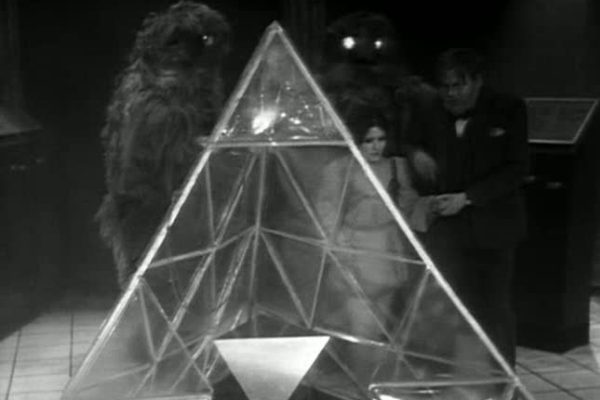
When the recovery of episodes of The Web of Fear and The Enemy of the World were officially announced in October 2013, it was Web that was really pushed forward in the headlines, despite the fact it still has one episode missing. It's one of Who's most iconic and well-remembered entries, and is well directed, generally well-acted and has great sets and lighting. Sure, Jack Watling made up and playing an old man doesn't really work, Evans is a cult hero from a different show, and the possession scenes don't really come off the way they did in the first story. You could even argue that, despite the "who's the traitor?" mystery at the heart of it, it does get repetitive after the first few episodes. Despite all of this, it probably deserves its high standing, and has a comfortable top ten placing here. Yet whenever I see it, I can't help but think its all a little hollow, and be reminded of this classic Peggy Lee song:
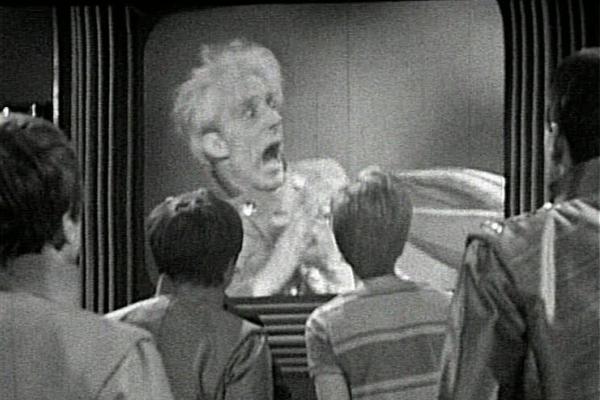
"They've got that bloke all over the place, like a blinkin' politician."
"He's our controller. We always need to see him. He brings us encouragement."
"Ha! He's not a politician then."
The Troughton era's most overtly political story, this quirky and subversive tale even seems to have sly references to drugs in its mix. The perfect story to accompany the counterculture, it features a brainwashed colony doing the bidding of those in power, while the drugged residents are unaware that monsters lurk the corridors at night. It's the stuff of nightmares, aided by a striking score from Dudley Simpson.
Simpson was Doctor Who's most prolific composer, and went on to craft the incidental music for 50 of the 58 serials in the 1970s. Never one for subtlety, his work there might be something of an acquired taste, as cymbal crashes and horns accompany the action. However, his work in the 60s, experimenting with more distorted, electronic sounds, gives the stories a greater edge. The music's still completely over the top, but in a more enticing, left-field way.
Sadly, the brilliance of this tale doesn't quite stretch to its full length, with the second half being more "giant crabs and corridors", and a leaning away from the opening commentary on society. Yet while watered down so that it fits Doctor Who's 60s remit, the second half does still contain exceptional moments like Troughton's engagingly vain Doctor awarding himself "11 out of 10". In many senses The Macra Terror is the greatest achievement of the era, because it exists not just to entertain, but because it has something to say.
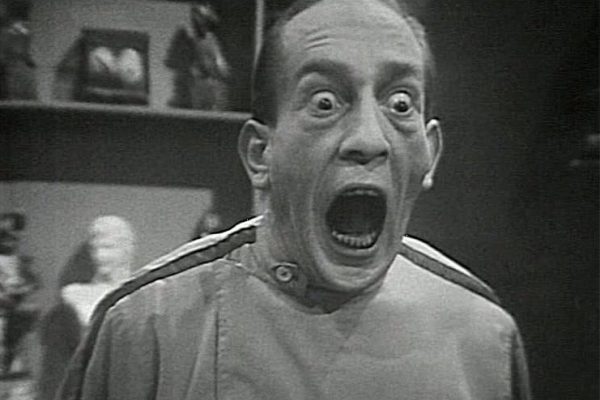
With the William Hartnell era, the programme was more varied and often more dense, but was generally made with more of a stage-bound mentality. The Troughton era saw the makers reason not just how it sounded, but how it would look. While the depth and maturity may have taken a backwards step, the strangeness of the music and images took a definite step up. This was Doctor Who as a visual force, many of the tales - The Tomb of the Cybermen particularly - being better-remembered than perhaps deserved simply for iconic moments like the emerging from the ice tombs.
Fury From The Deep has one such moment, as discordant electronic music sees two men enter a lone woman's bedroom (initially pictured through a mirror) and then breathe poisonous gas to choke her, the mix of images and increasing heart beat sound effects producing something which is still quite unnerving today. As even the latest Patrick Troughton story is 44 years old, a lot of the contrived "scares" they contain seem almost quaint and fairly shallow today. But Fury From The Deep touches a psychological level that's still able to resonate.
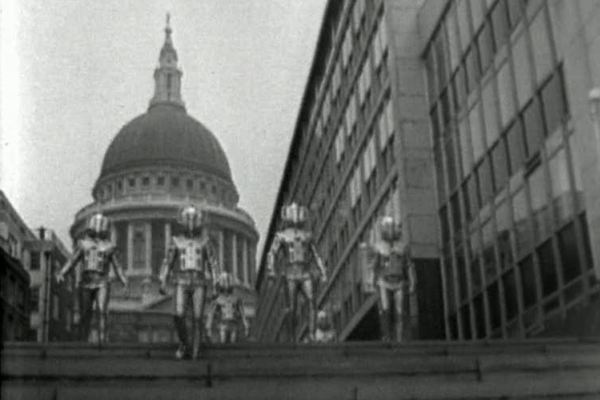
As Doctor Who's second most famous monsters, then the Cybermen were rarely in stories that served them well. Even in the 60s they suffered from almost unintelligible voices, and had to go through the ignominity of further misguided stories, from being blown up by gold coins in the late 80s all the way to 2013's depiction of head-spinning clankers who could do an impression of Keanu Reeves in The Matrix.
The Invasion is one of the very few times a Cyberman story got it right. With this story and The Wheel In Space giving them a more human voice, you might be surprised at how fey they sound, but it works. Containing excellent direction and a shot so iconic it couldn't not be used as the illustration to this summary, The Invasion is one time it almost all comes off. Sadly, the budget sees people more than once refer to off-screen helicopters, and the resolution is people looking at dots on a screen, but this one again scores with psychological terror: a Cyberman being driven insane is scarier than a sane one. They'd never be as good again.
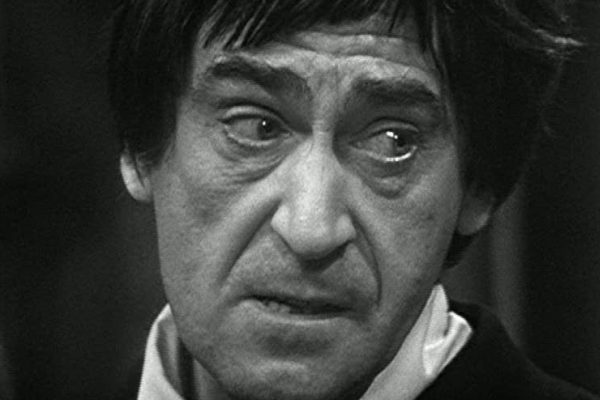
Even a great story like this can have its detractors. The Daleks' plan is a little silly, the resolution is contrived, and the 2-3-2 episode structure doesn't quite come off, feeling perhaps an episode too long, particularly when Troughton's on holiday during episode four. But while all of the above might be valid criticisms, you've got the high point of Jamie's run, with him bitterly confronting the Doctor about being manipulative, and great direction by Derek Martinus. Many periods of Doctor Who suffered from lacklustre direction, in particular the mid-80s, where a large percentage of those involved were suited more towards visually mundane soap operas.
Patrick Troughton's run on the series was the work of 14 separate directors, the vast majority of whom had a real sense of pace and striking framing. For every Michael Hart or Morris Barry, you'd have a Douglas Camfield, a Christopher Barry or a David Maloney. Even just small, thoughtful things, like Maloney shooting a TARDIS materialisation by having its reflection appear in a puddle (The War Games) show a series on top of its game in terms of imagery. You know the best thing though? Troughton's first meeting with the Daleks, where he allows a mixture of fear, ruefulness and resigned anger play across his face, like he's Bob Hoskins at the end of The Long Good Friday. Classic.
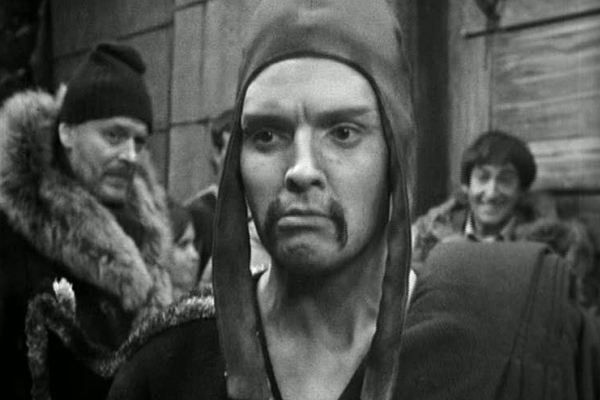
One of the most offbeat Doctor Who stories of all time, this one introduces the robotic Yeti only as a sideline to a more esoteric, ethereal foe. The Great Intelligence, while subsequently given lesser returns, debuts here as a sinister force that can force others into possession and keeps a man alive for hundreds of years against his will. A slower pace and atmosphere make up the components of this one, a welcome change from a period where the programme was becoming more melodramatic.
Most notably, there's no incidental music for the serial, just the winds of the Tibetan (Welsh) mountains, and the chanting of Monks. Some of the presentations of the Monks are racially questionable today, but it's a small issue in a story that focuses on grey areas rather than more basic depictions of good and evil. The more well-known sequel, The Web of Fear, has more prominent, scarier Yeti, and has wider appeal... but this is the better story.
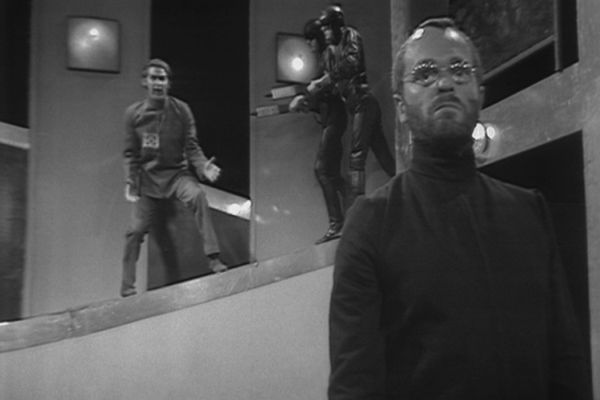
A huge favourite here at The Anorak Zone, detractions of The War Games could be numerous. There's a Mexican so broadly stereotyped it puts The Enemy of the World to shame, and there is, by definition, a fair amount of escape and capture. Perhaps most significantly, it's ten episodes long. Ten episodes that saw the viewing figures slide to levels not seen before, and not seen again until the 1980s. The entire thing was on air for two months and had an instalment that was watched by just 3.5 million, but such detractions, while understood, are not shared here.
This is a story that, despite its length, moves along at a surprising pace, with a revelation at every turn. Philip Madoc, anonymous in The Krotons, is all over the screen with charisma here, and one of the few guest artists to really trouble Troughton in terms of acting. You've also got Harold Meaker from Rentaghost as a renegade Time Lord, having bitch fights with anyone who comes into range, some time travel innovation and the final quirky resolution as the Doctor is forced to stand trial by his own people. An imaginative and inventive epic full of many special moments.
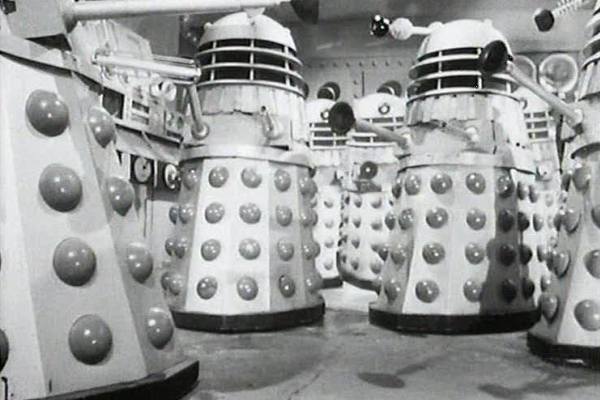
Troughton's debut story and his greatest; the first change of lead actors and the reintroduction of the Daleks all laced through with writer David Whitaker's psychological take on the subject. Reputedly Dalek creator Terry Nation wasn't impressed, as the Daleks change from aggressive Nazi shouters to manipulative schemers, using cunning and guile to exploit the weaknesses of the human psyche. Interestingly, with this new, more internalised Doctor we no longer get him speaking his thoughts aloud to include the audience, but are left to guess at what they could be. The final revelation showcases a Doctor that, for a time at least, was a far darker creation than we'd previously seen.
All of which fails to take into account how much of Troughton's first season is missing. Of the 35 episodes, then only 7 officially exist, with just scant clips of The Power of the Daleks remaining. Despite how wonderful the images and soundtrack make things appear, it has to be conceded that the existing clips - complete with cardboard Daleks - don't look particularly great. There's a nagging doubt that, if it were found, appreciation of this story could take a hit. Until that day, enjoy The Power of the Daleks... the classic story that you can never see.